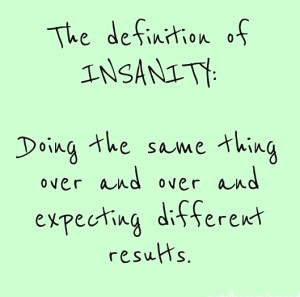The talent in the junior division at the Grand Slams has become more diverse over the years. As a result, both the American boys and girls faced stiff competition in the Australian Open Juniors competition, but both managed to have players reach the round of 16.
Nicole Mossmer, J. Rodriquez-Benito, Caty McNally, Hurricane Tyra Black, and Natasha Subhash lost their first round matches. Both Carson Branstine and Taylor Johnson posted 2 wins and 1 loss as they bowed out in the round of 16.
To illustrate the diversity of the draw, the 8 quarterfinalists represented 8 countries: Canada, Great Britain, India, Japan, Russia, Switzerland, Taiwan, and Ukraine.
Overall, the 7 American girls won 4 matches and lost 7.
In the boys draw Olukayode Ayeni and Trent Bryde lost in the first round. Tristian Boyer won his first match before losing in the second round.
Alexandre Rotsaert won two matches before losing in the round of 16.
Overall, the 4 American boys won 3 matches and lost 4.
As was the case in the girls draw, there was also significant geographic diversity on the boys side. The 8 quarterfinalists represented the following 7 countries: China, Cyprus, (2) France, Hungary, Finland, Israel, and Russia.
It is easy to be critical of the USTA Player Development Program for the fact that none of the American juniors advanced past the round of 16. Typically very few American juniors play the Australian Junior Open and their performance is often lackluster.
In addition, it is easy to see that a number of countries other than the United States are developing world-class players. With stronger and greater geographic diversification, it is even more challenging to for the USTA to develop the top junior players in the world. Look for better things at the French Open and Wimbledon.
